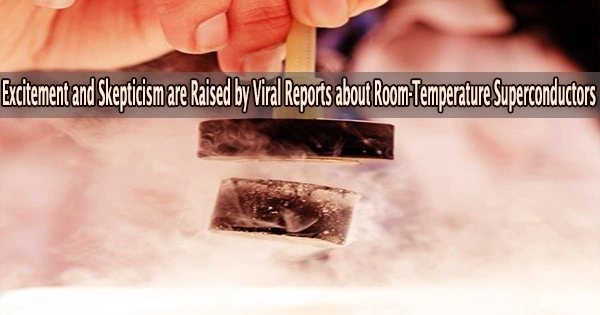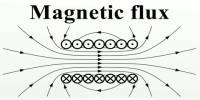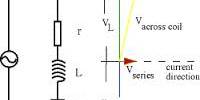Superconductors are materials that can conduct electricity with zero electrical resistance, and they exhibit fascinating properties when cooled to very low temperatures. Traditionally, superconductivity was observed at extremely low temperatures, typically near absolute zero (around -273 degrees Celsius or -459 degrees Fahrenheit).
Last week, a group of South Korean physicists made a startling claim. In two papers uploaded to the arXiv preprint server, they say they have created a material that “opens a new era for humankind.”
LK-99, a lead-based compound, is purportedly a room-temperature, ambient-pressure superconductor. Such a material, which under normal circumstances conducts electricity without any resistance, might have profound effects on energy production and transmission, transportation, computing, and other technological fields.
The papers have sparked wild enthusiasm online, and several efforts to replicate the work. There are rumors of disagreements among Korean experts about whether the research should have been made public at all at the same time.
Why superconductors are so super
Atoms jostle with one another as an electric current travels through a typical conductor, like a copper wire. As a result, the electrons lose some energy and the wire heats up.
In a superconductor, electrons move without any resistance. Superconducting magnets are strong enough to levitate trains and contain the ferocious plasmas of fusion reactors while superconducting cables can transport electricity without losing energy.
However, all known superconductors require very low temperatures (typically lower than –100 ℃) or extremely high pressures (more than 100,000 times ordinary atmospheric pressure). These restrictions make superconductors expensive and impractical for many applications.
In the past, a number of research teams have asserted that they have discovered room-temperature superconductivity in a variety of compounds, but none of their claims have stood up to close examination. As recently as last week, a superconductivity paper by American physicist Ranga Dias was retracted amid suspicions of data fabrication.
Therefore, while a room-temperature superconductor would be an amazing discovery, we should meet the new claims with some skepticism.
Bold claims
The South Korean researchers say LK-99 can be made in a baking process that combines the minerals lanarkite (Pb₂SO₅) and copper phosphide (Cu₃P). They say the resulting material shows two key signs of superconductivity at normal air pressure and at temperatures up to 127 ℃: zero resistance and magnetic levitation.
They propose a plausible theory of how LK-99 might display room-temperature superconductivity but have not provided definite experimental evidence. The data presented in the papers appear inconclusive.
One of the signatures of a superconductor is the Meissner effect, which causes it to levitate when placed above a magnet.
In a video demonstration, the researchers position a piece of LK-99 over a magnet. One edge of the flat disk of LK-99 rises, but the other edge appears to maintain contact with the magnet.
We would expect a superconductor to display full levitation and also “quantum locking” which keeps it in a fixed position relative to the magnet. In a kind interpretation, the behavior we observe in the video might be caused by flaws in the sample, which would mean that only a portion of the sample turns superconductive.
So it is too early to say we have been presented with compelling evidence for room-temperature superconductivity.
What’s next
At present, all we know about LK-99 comes from the two arXiv papers, which have not been peer-reviewed. Both papers present similar measurements, though the presentation is unconventional. However, there are some differences in the content, and also in authorship, which does not inspire confidence.
Researchers are actively exploring different materials and conditions to find room-temperature superconductors that are more practical for widespread use, which could have a profound impact on various technologies, including power transmission, transportation, and medical devices.
So what happens now? The processes of science swing into action.
Experts will closely review the papers. To see if they can generate a room-temperature superconductor, researchers at other labs will try to duplicate the operations detailed in the publications.
These crucial steps are necessary to establish the validity and reliability of the LK-99 claims. One of the most revolutionary developments in physics and materials engineering in recent years may occur if the claims are verified and confirmed.
However, we should proceed with caution until the research is thoroughly examined and tested. We will all be awaiting the outcome of the verification process with great interest.















